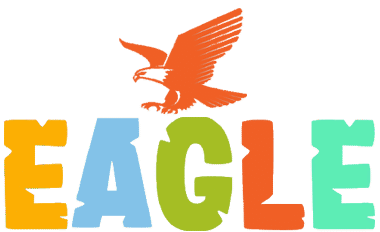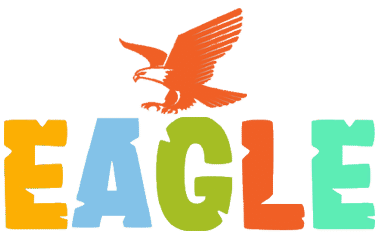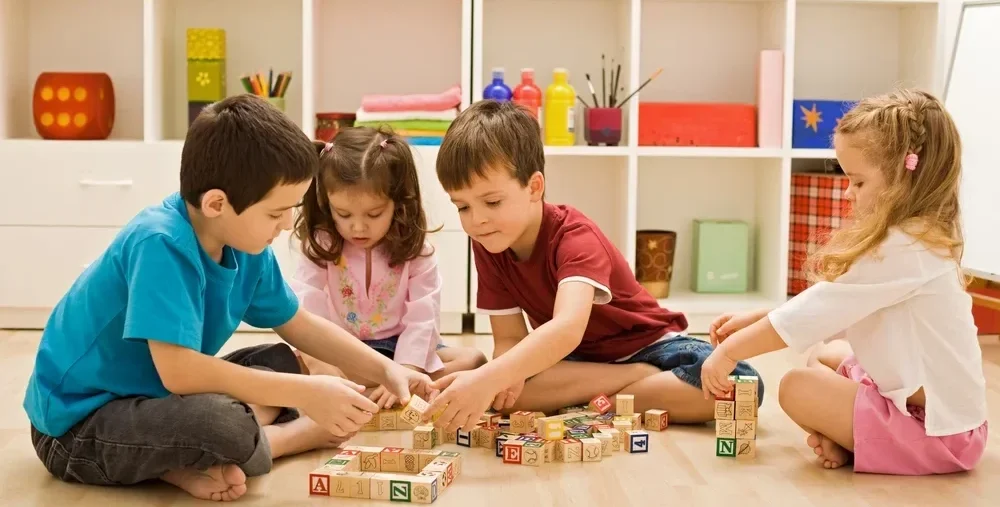
Benefits of Activity-Based Learning
Encourages Curiosity and Exploration
Children are naturally curious, and activity-based learning provides the perfect platform for them to explore and discover.
- Fostering Creativity: Open-ended projects such as building models or creating art allow children to express themselves and think innovatively.
- Exploration of New Concepts: Activities such as nature walks, science experiments, and storytelling encourage curiosity about the world around them.
Enhances Cognitive Development
Practical activities stimulate the brain, helping children better understand and retain concepts.
- Improves Memory and Retention: Hands-on tasks like sorting, counting, or assembling items reinforce cognitive connections.
- Promotes Critical Thinking: Problem-solving games and challenges teach children how to analyze situations and make informed decisions.
Develops Social and Emotional Skills
Activity-based learning often involves teamwork, which helps children build relationships and develop emotional intelligence.
- Teamwork and Collaboration: Group activities teach children the importance of sharing, negotiating, and cooperating to achieve a common goal.
- Self-Regulation: Through guided play, children learn patience, adaptability, and how to manage their emotions.
Strengthens Motor Skills
Activities are carefully designed to support both gross and fine motor development.
- Gross Motor Skills: Activities like dancing, running, or playing on obstacle courses improve physical coordination and balance.
- Fine Motor Skills: Tasks such as drawing, cutting, or threading beads enhance dexterity and hand-eye coordination.
Makes Learning Fun and Memorable
Children absorb information more effectively when they are enjoying the process.
- Play-Based Learning: Games, role-playing, and pretend play make lessons interactive and enjoyable.
- Real-Life Applications: Activities like shopping simulations or cooking simple recipes show practical uses for what they learn.
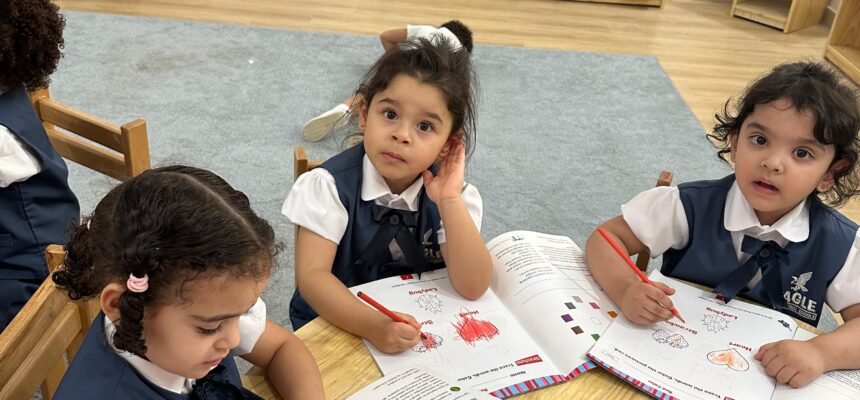
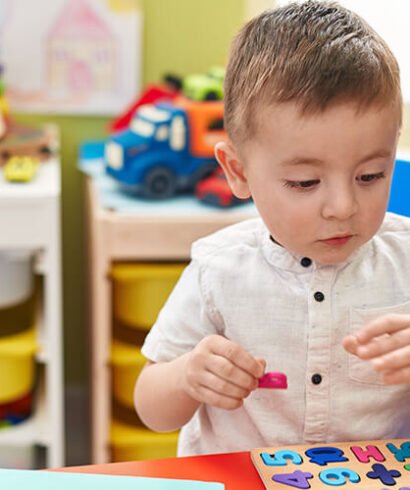
Examples of Activities in Our School
At our school, we design activities that cater to various developmental areas, ensuring a well-rounded learning experience:
- Simple Science Experiments: Activities such as making a volcano or observing plant growth instill a love for science.
- Artistic Projects: Crafting, painting, and sculpting encourage creativity and self-expression.
- Educational Games: Number-based board games and alphabet puzzles help reinforce foundational academic skills.
How Activity-Based Learning Prepares Children for the Future
- Adaptability: By engaging in diverse activities, children learn to adapt to new challenges and environments.
- Confidence Building: Accomplishing tasks fosters self-belief and a “can-do” attitude.
- Lifelong Learning Habits: When children enjoy learning through activities, they are more likely to embrace curiosity and exploration as they grow.
Message to Parents
Activity-based learning is not just about fun; it’s a proven method for developing essential skills that will serve children throughout their lives. At our school, we ensure that every activity is purposeful, engaging, and tailored to meet your child’s developmental needs.Support your child’s growth by encouraging similar activities at home.Together, we can nurture inquisitive, capable, and confident learners prepared to thrive in any environment.